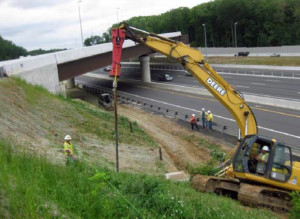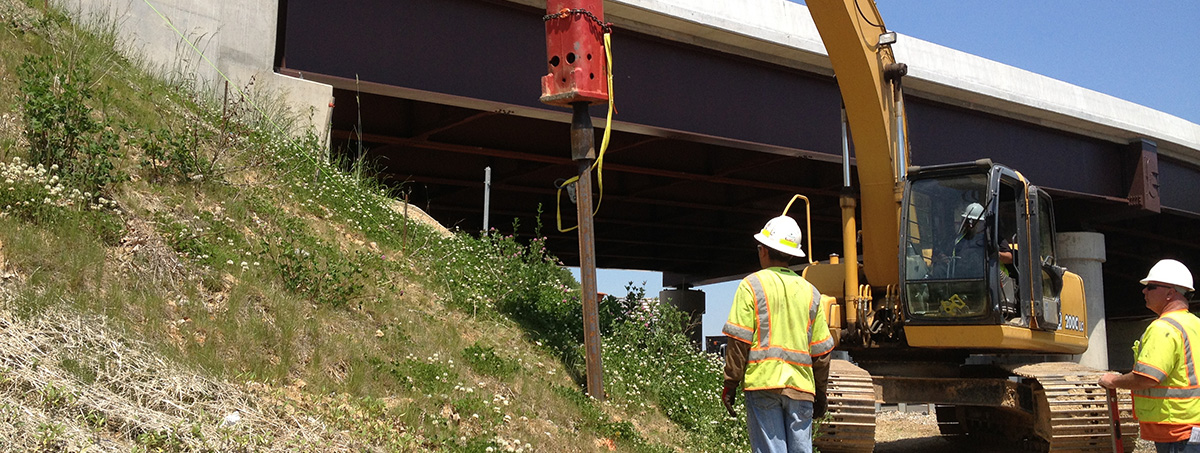
HISTORY / BACKGROUND
The Geopier SRT® system is a slope reinforcement technology implemented to stabilize slope failures or reinforce marginally stable slopes utilizing plate piles. The Plate Pile technology was developed by Dr. Dick Short while working as a geotechnical consultant in California.

Dr. Dick Short, Inventor of Plate Piles
“I was working as a geotechnical consultant in California and had a contract to correct 60 landslides for a conservation district.
I was disturbed how the state of the practice for dealing with these slides was to either over excavate and replace the failure zone with stone or a geogrid reinforced fill… the former not always being effective and the later being expensive and often not practical. There had to be a better way to stabilize the slides in place!
So I decided to come up with a way that was less expensive, quicker and better…..and that was SRT Plate Piles.”
HOW PLATE PILE TECHNOLOGY WORKS
Plate Pile technology increase the stability of a cut slope or shallow landslides by installing rigid elements that reinforce the soil embankment. The piles are installed in horizontal rows at relatively close centers (typically 4 feet) so that the soil upslope of the pile can fully bear on the pile through soil arching.
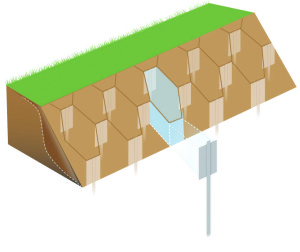
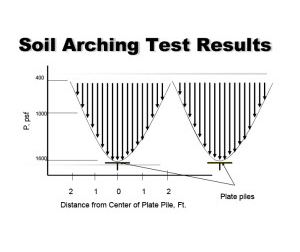
Rows are staggered upslope so that each pile resists a finite wedge of soil. The spacing between rows can vary based on the mass of soil that each pile can support
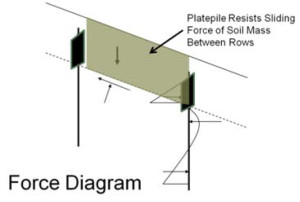
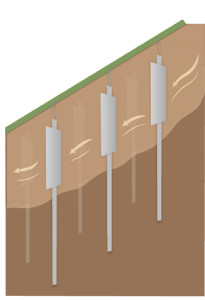
Piles are placed below the critical failure plane so that they can achieve adequate lateral support to resist movement

R&D project at UC Berkley showing plate pile support and soil arching after toe of slope was excavated and soil was saturated with water
DESIGN APPROACH
Determine Current Slope FOS and Critical Failure Surface
1. Determine critical failure surface for existing slope
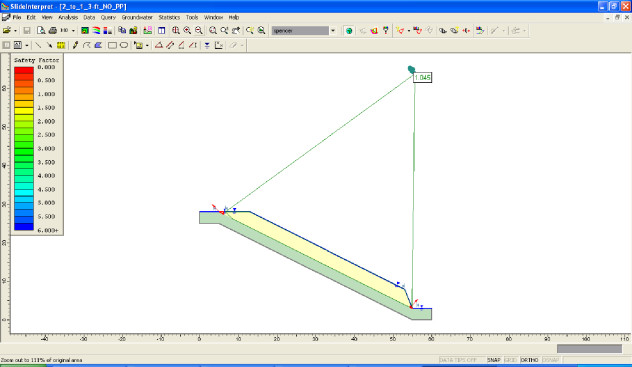
Select Pile Size and Spacing
2. Estimate the plate pile spacing up the slope based on soil conditions, slope geometry and assumed of Plate Pile elements sizes.
3. Confirm pile capacity and available resisting force per pile for selected piles using L Pile.

Confirm Reinforced Slope FOS
4. Run slope stability with Plate Pile technology to confirm FOS meets design requirements.
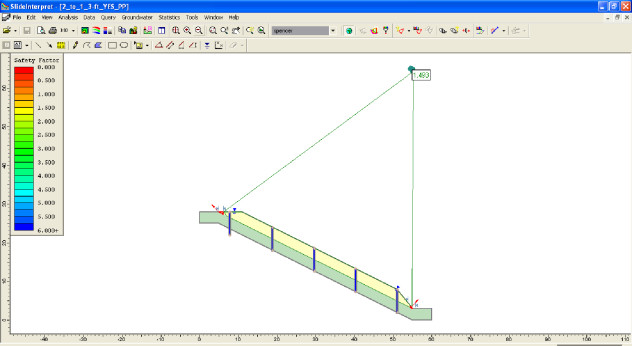
APPLICATIONS FOR THE GEOPIER SRT SYSTEM
SRT is a geotechnical tool that allows engineers to reinforce soils in place for applications that include:
Landslides
■ Translational Slides
■ Shallow Circular Slides
■ Slope Creep
■ Use in combination with Walls
Cut Slope Stability and Temporary Shoring
■ Increase FOS of Existing Steep Slopes, Dikes or Levees – up to 45 degrees
■ New Slopes – Create more useable flat land by Slope Steepening
■ Replace Retaining Walls or combine with small walls
TRANSLATIONAL SLIDES
At a commercial development site in Santa Rosa, California, this slide in a plastic clay fill was successfully reinforced with SRT in 2005.


SLOPE CREEP AND INSTABILITY
Interstate 5
Williams, CA
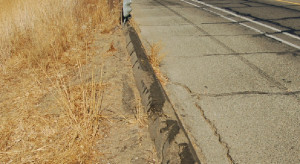

Slope creep and instability problems in a highly plastic clay fill slope utilized SRT to increase the FOS for the 2H:1V slope instead of over excavation and replacement saving time and money.
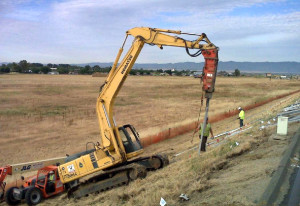
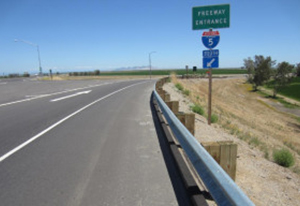
LANDSLIDES
Castle Drive Landslide
Oakland Hills, CA

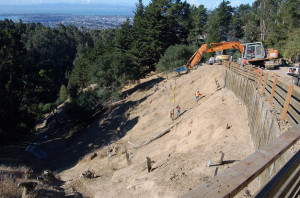
A combination of an upper Post and Panel wall (H Piles and lagging) and a lower SRT stabilized 1H:1V slope was used to correct this landslide.
INCREASE FOS OF EXISTING STEEP SLOPES, DIKES OR LEVEES
AECI Power Plant
New Madrid, MO
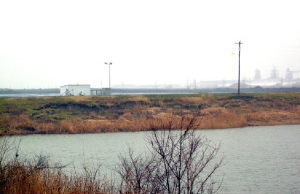
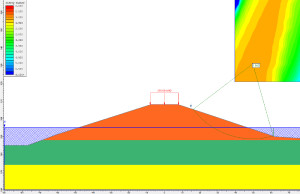
Instability of cooling water pond dikes subject to fluctuating water levels resulted in sloughing and a low FOS.
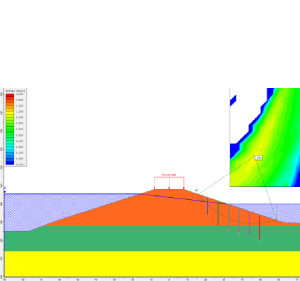
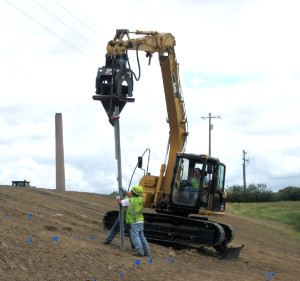
The addition of plate piles increased the FOS from approximately 1.04 under static water level conditions to greater than 1.5 under high water conditions.
I-495 HOT Lanes
Fairfax, VA
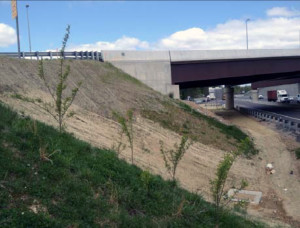

Steep Slopes constructed adjacent to a bridge on the I-495 Express Lanes had a factor of safety for global stability of 1.2. SRT was utilized to increase the FOS to >1.5 without altering the slope geometry.
